Deir el-Bahari: Temple of Tuthmosis (Egypt)
The Temple of Tuthmosis III at Deir el-Bahari – resuming fieldwork
Dates: November – mid December 2008
Team:
Dr. Monika Dolińska, director, egyptologist (National Museum in Warsaw)
Janina Wiercińska, egyptologist (National Museum in Warsaw)
Marek Puszkarski, artist-documentalist (PCMA)
Zbigniew Doliński, photographer (National Museum in Warsaw)
Zbigniew Godziejewski, conservator (National Museum in Warsaw)
The Mission of Tuthmosis III at Deir el-Bahari resumed work after a twelve-year break. Directed from the beginning by Prof. Jadwiga Lipińska, it was suspended in 1996, although studies of the decoration and the iconographic program of the temple continued, albeit less intensively. As a result, the first volume of the final publication is nearly ready, requiring additional fieldwork to verify and supplement the existing documentation.
The completely ruined temple of Tuthmosis III, called Djeser-akhet, was discovered by the Polish Mission working at Deir el-Bahari under the auspices of the Polish Centre of Mediterranean Archaeology of the University of Warsaw, and was excavated in 1962-1967. Thousands of limestone and sandstone blocks and fragments of blocks were found and stored in a special storeroom built on the site [Fig. 1]. Some of them were photographed to be studied in Poland. Actual work on fragments from the Tuthmosis III temple at Deir el-Bahari was taken up in 1978. Egyptologists, conservators, artists and architects worked hard to restore the temple, its architecture and decoration. Their work, after thirty years of research, has gone a long way to reconstruct — not in reality, but virtually — the iconographic program, not just individual details, of the temple decoration [Fig. 2].
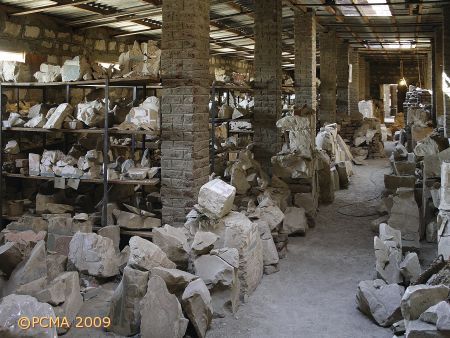
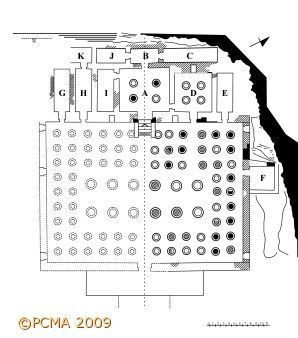
R. Czerner)
In the first season upon resuming work, the mission concentrated on the documentation. There were two main fields of interest: the wall decoration of rooms consecrated to the king’s cult (D, G and H), to be dealt with by Monika Dolińska in the first volume of the temple publication, and the decoration of the Hypostyle Hall, the subject of Janina Wiercińska’s doctoral dissertation (intended as the second volume of the publication) [Figs 3-9]. To this end several new drawings were made and several others were corrected. The details of the complicated decoration of the Hypostyle Hall were checked and photographically documented. New high-quality photographs were made of some of the fragments, mainly those intended for publication in the first volume, but also of some attractive reliefs, which were then shown at the Tuthmosis III exhibition (see leaflet in Polish) presented at the University of Warsaw in late June 2008 [Figs 10-11].
A brief visit by a conservator served to check the state of the field lab and its equipment in view of future work on the restoration of the last few blocks from the wall between the so-called sanctuary and room D with niche [Fig. 12].
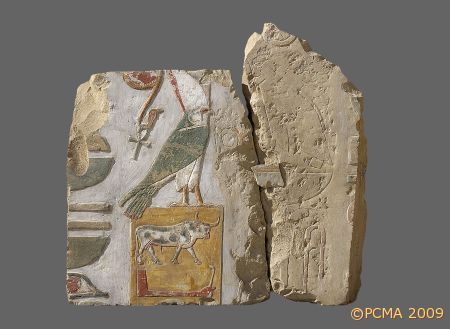
Z. Doliński)
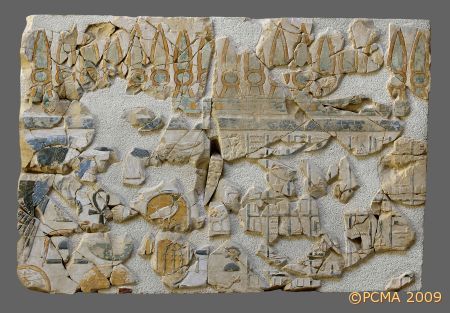
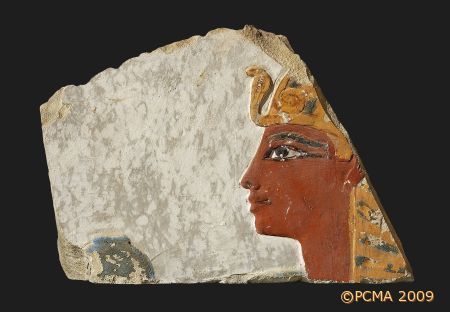
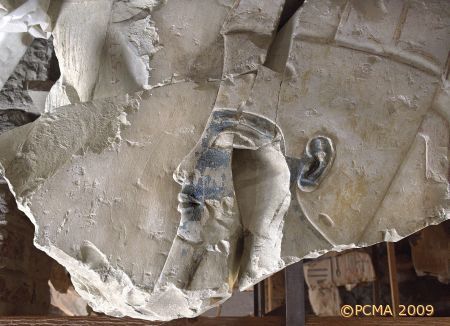
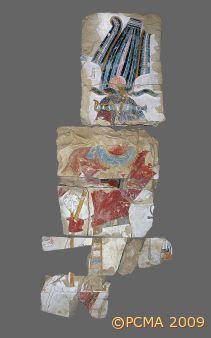
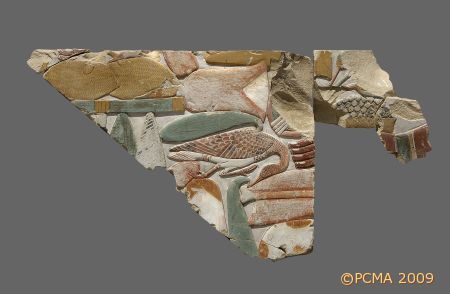
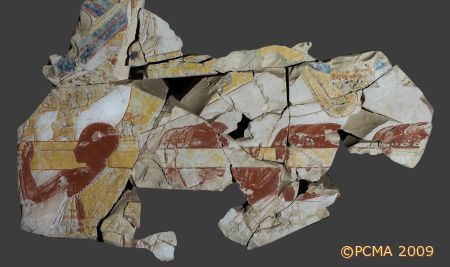
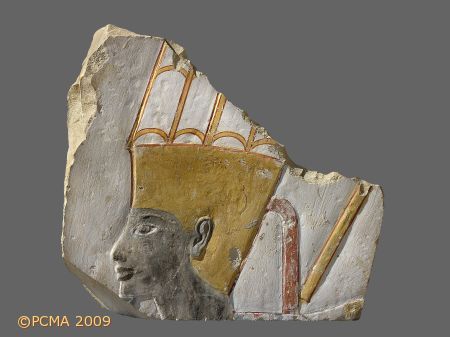
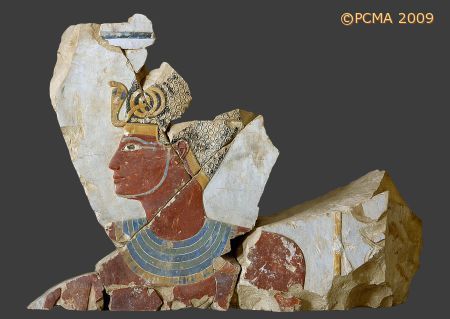
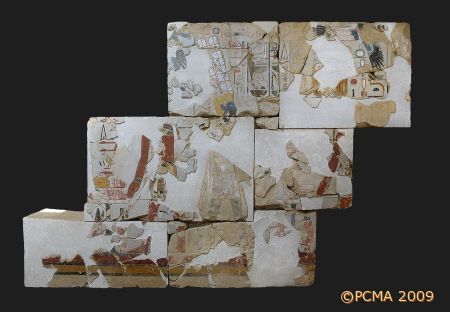
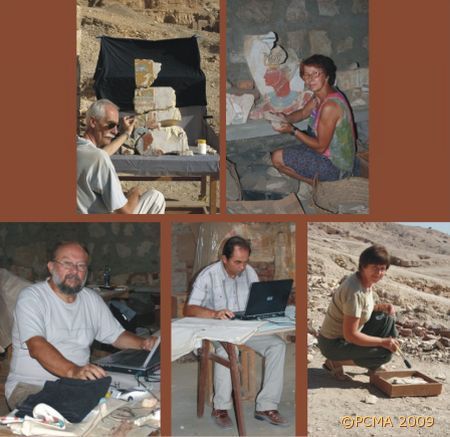
[Text: M. Dolińska]
